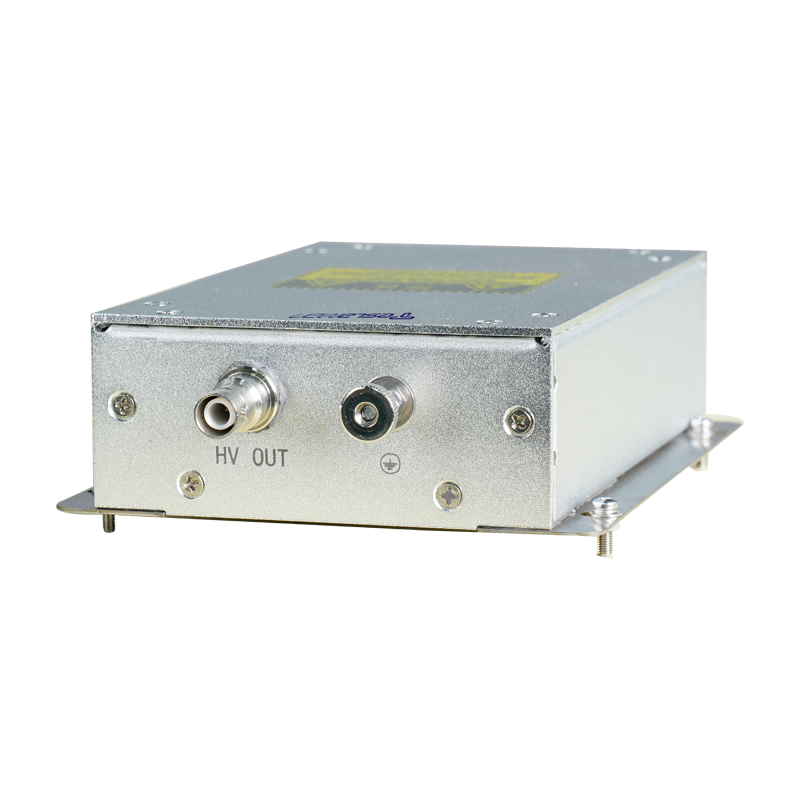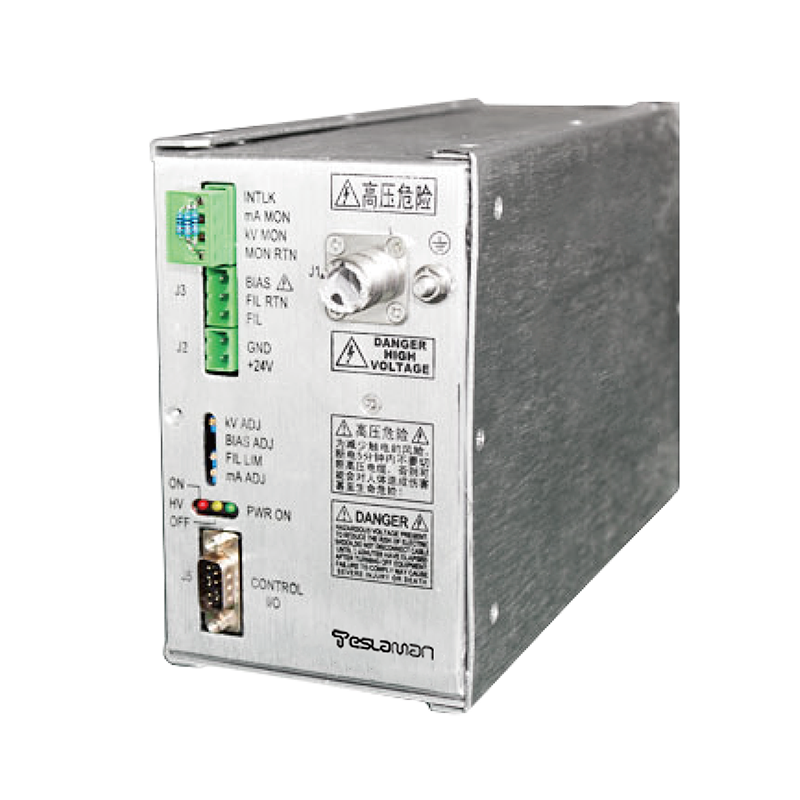Ultra-High Voltage Power Supplies in Electrical Testing: Applications and Challenges
Introduction
Ultra-high voltage (UHV) power supplies, typically defined as those with output voltages ranging from tens to hundreds of kilovolts, play a critical role in electrical testing. Their applications span insulation material evaluation, withstand voltage testing for high-voltage equipment, and gas discharge research. However, the design and deployment of UHV power supplies face significant technical challenges, including stability, safety, and measurement accuracy. This article explores the core applications and challenges of UHV power supplies in electrical testing from a professional perspective.
1. Key Applications of UHV Power Supplies
1. Insulation Material Performance Testing
The dielectric strength of insulation materials is fundamental to the safe operation of electrical equipment. UHV power supplies simulate extreme electric field conditions by applying progressively increasing voltages to measure parameters such as breakdown strength, partial discharge characteristics, and permittivity. For example, in quality control tests for cable or transformer insulation, UHV testing effectively identifies latent defects, preventing operational failures.
2. Withstand Voltage Testing for High-Voltage Equipment
Power system components like circuit breakers and surge arresters must undergo power-frequency or impulse withstand voltage tests before deployment. UHV power supplies generate test voltages compliant with international standards (e.g., IEC 60060), verifying equipment reliability under overvoltage conditions. Additionally, DC high-voltage testing evaluates insulation performance in HVDC transmission environments.
3. Gas Discharge and Plasma Research
In high-voltage discharge experiments, UHV power supplies are used to study gas breakdown characteristics, corona discharge, and arcing phenomena. Such research is vital for optimizing surge arrester designs and developing new insulating mediums. For instance, by adjusting UHV waveforms (e.g., lightning or switching impulses), natural lightning effects on equipment can be simulated.
2. Technical Challenges and Solutions
1. Output Stability and Ripple Control
UHV power supply outputs are susceptible to load variations and temperature fluctuations, causing voltage drift or increased ripple. In precision testing, minor fluctuations may distort partial discharge signals. Solutions include closed-loop feedback control, multi-stage filtering, and low-noise components to ensure long-term stability.
2. Safety and Electromagnetic Interference (EMI)
Arcing or insulation breakdown during UHV testing poses risks to operators. Mitigation measures include grounded shielding, interlock systems, and remote monitoring. Simultaneously, EMI from high-voltage sources can corrupt test data, necessitating shielded rooms or fiber-optic signal transmission.
3. High-Accuracy Measurement Challenges
Traditional voltage dividers introduce errors in UHV environments and have limited frequency response. Modern testing increasingly employs digital dividers and optical voltage sensors with bandwidths up to several megahertz, suitable for transient impulse measurements. Regular calibration traceable to national standards ensures measurement traceability.
3. Future Trends
As power equipment evolves toward higher voltages and capacities, UHV testing demands will grow. Future advancements may focus on:
Smart Testing Systems: AI-driven fault diagnosis and parameter optimization.
Compact Designs: Solid-state switches and high-frequency inversion to reduce size and enhance portability.
Multi-Physics Coupling Studies: Integrating thermal and mechanical stress for realistic operational simulations.
Conclusion
UHV power supplies are indispensable in electrical testing, yet their use requires balancing performance, safety, and cost. Through innovation and standardization, future breakthroughs may overcome testing bottlenecks, offering more robust solutions for the power industry.




















